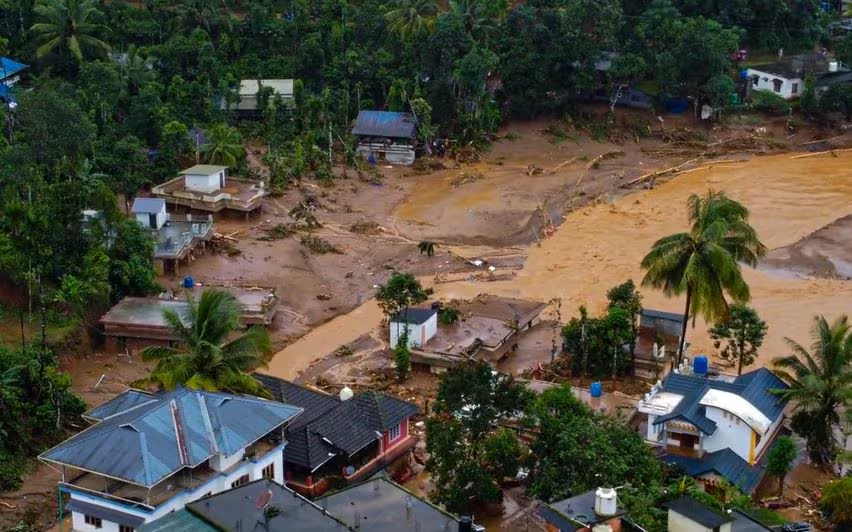India’s annual monsoon, while a vital source of water for agriculture, also brings a dangerous threat: landslides. These catastrophic events, often triggered by heavy rainfall, have caused immense loss of life and property across the country. The recent landslide in Wayanad, Kerala, is a stark reminder of this persistent peril.
Historically, India’s hilly regions, such as the Western Ghats, Himalayas, and Northeast, have been particularly vulnerable to landslides. The 2013 Kedarnath tragedy, a devastating combination of flash floods and landslides, remains a stark example of the scale of destruction these events can cause.
Factors contributing to the landslide risk include deforestation, unplanned urbanization, fragile soil conditions, and steep slopes. Heavy rainfall acts as a catalyst, saturating the soil and destabilizing slopes.
The Wayanad landslide is a poignant case study. This picturesque district, known for its tea plantations, has experienced landslides before, but the recent event was exceptionally devastating. Homes, infrastructure, and lives were swept away by the torrent of mud and debris.
To mitigate the impact of landslides, a multi-faceted approach is necessary. Early warning systems, which monitor rainfall, soil moisture, and other relevant data, can provide crucial advance notice. Strict land-use planning, including restrictions on deforestation and construction in vulnerable areas, is essential. Reforestation helps stabilize soil and reduce erosion. Investing in infrastructure like retaining walls, drainage systems, and tunnels can also help prevent landslides.
Crucially, communities must be educated about landslide risks, early warning signs, and emergency procedures. Regular disaster drills and well-equipped emergency response teams can save lives.
Implementing these measures is challenging due to factors such as lack of awareness, insufficient resources, and poor governance. However, with strong political will and concerted efforts, India can significantly reduce the risk of landslides and protect its citizens.
The Wayanad tragedy serves as a stark reminder of the urgent need for action. By learning from past experiences and investing in prevention and mitigation measures, India can build resilience against this recurring threat.





